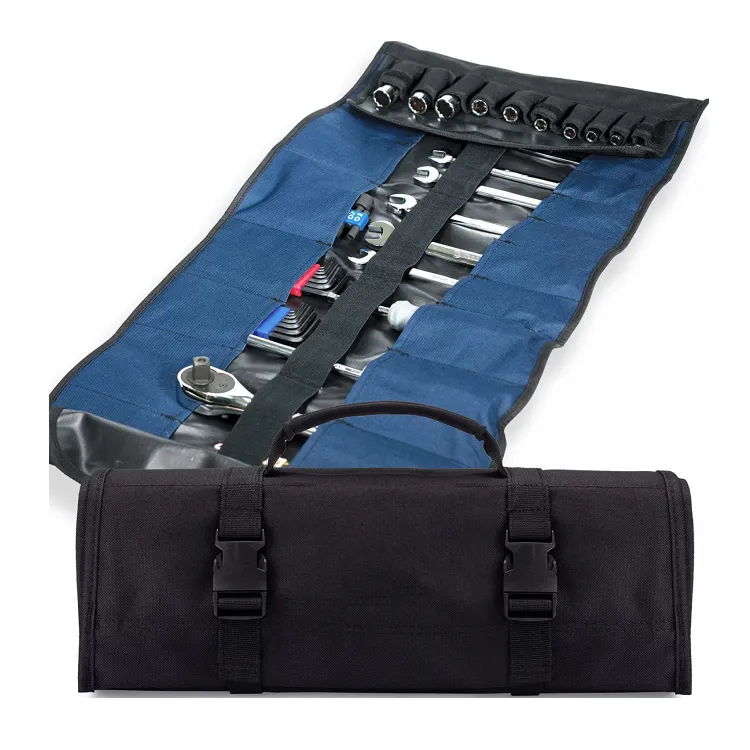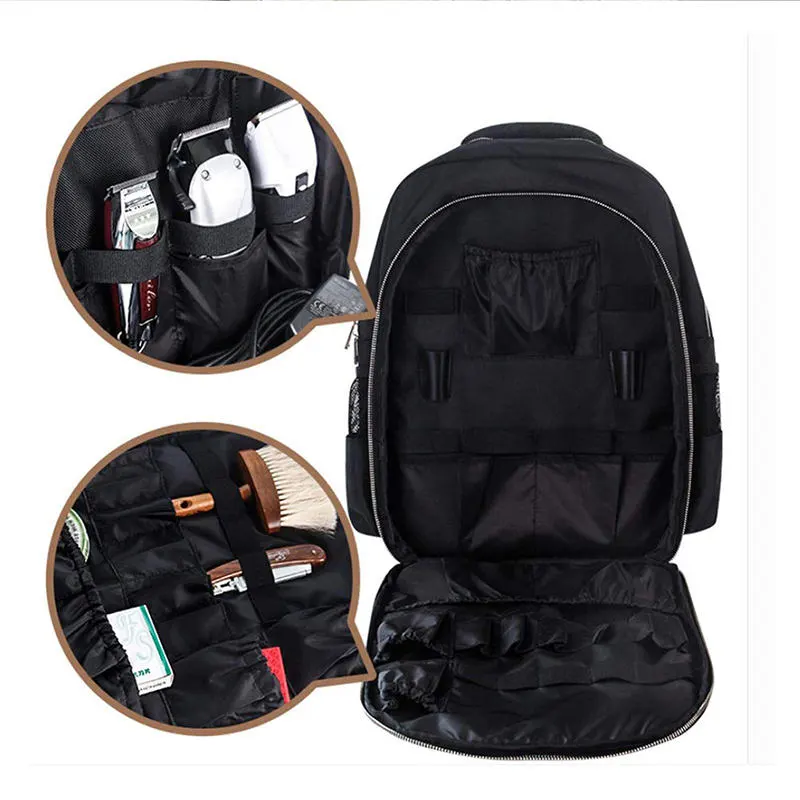How to use the toolkit fully and effectively
A well-equipped tool kit is a great asset for every DIY enthusiast, handyman, or professional tradesman. It acts as a portable studio, providing you with the necessary tools to efficiently work on various projects. In this article, we'll explore how to use your toolkit effectively to help you stay organized and work more efficiently. Here are some tips for getting the most out of your toolkit:
Choose the right package: Choose the tool package that suits your needs. Consider size, number of compartments, and durability. Look for a bag that is comfortable to carry and has a sturdy handle or shoulder strap.
Organize by purpose: Group tools according to their function or purpose. For example, keeping power tools together, plumbing tools together, etc. This way, you can quickly find the tools you need for a specific task.

Use a pouch or tool roll: To further organize your tools, use a pouch or tool roll in your tool bag. These can help keep small items like screws, nails or drill bits organized and within easy reach.
Prioritize essential tools: Keep the tools you use most in easy-to-reach pockets or compartments. This saves time and effort when you need to grab them quickly. Consider the types of projects you typically work on, and make sure the appropriate tools are easy to use.
Consider the size of your tool bag: While it's important to have all the necessary tools on hand, carrying a heavy and overloaded tool bag can be a hassle. Assess the tools you need for your typical project and choose a bag size that will hold them comfortably but not be too heavy.
Remember safety: If you are carrying sharp tools like knives or chisels, make sure to store them safely. Consider using a sheath or blade cover to prevent accidental injury. Store goggles, gloves, or other personal protective equipment (PPE) in dedicated compartments for easy access.
Regular Cleaning and Inspection: Keep your kit clean and free of debris. Regularly remove any accumulated dirt, dust or loose items from the bag. Also, check your tools for damage or wear and replace or repair them as necessary.

Maintain Inventory: Keep an inventory of the tools in your bag, especially if you frequently loan out these tools or work at different locations. This helps you keep track of your tools and ensures you don't leave anything behind after work.
Customize Your Bag: Consider adding labels, markers, or color-coded markings to your bag or tool for easy identification. This helps you quickly find the right tool without having to search everything.
Bring essential non-tool items: In addition to tools, pack some essential non-tool items in your bag, such as notepads, tape measures, flashlights, markers, and a utility knife. These items are handy in a variety of situations, saving you from having to hunt for them individually.
Remember, keeping your tool bag organized will not only increase your efficiency, it will also help extend the life of your tools.
